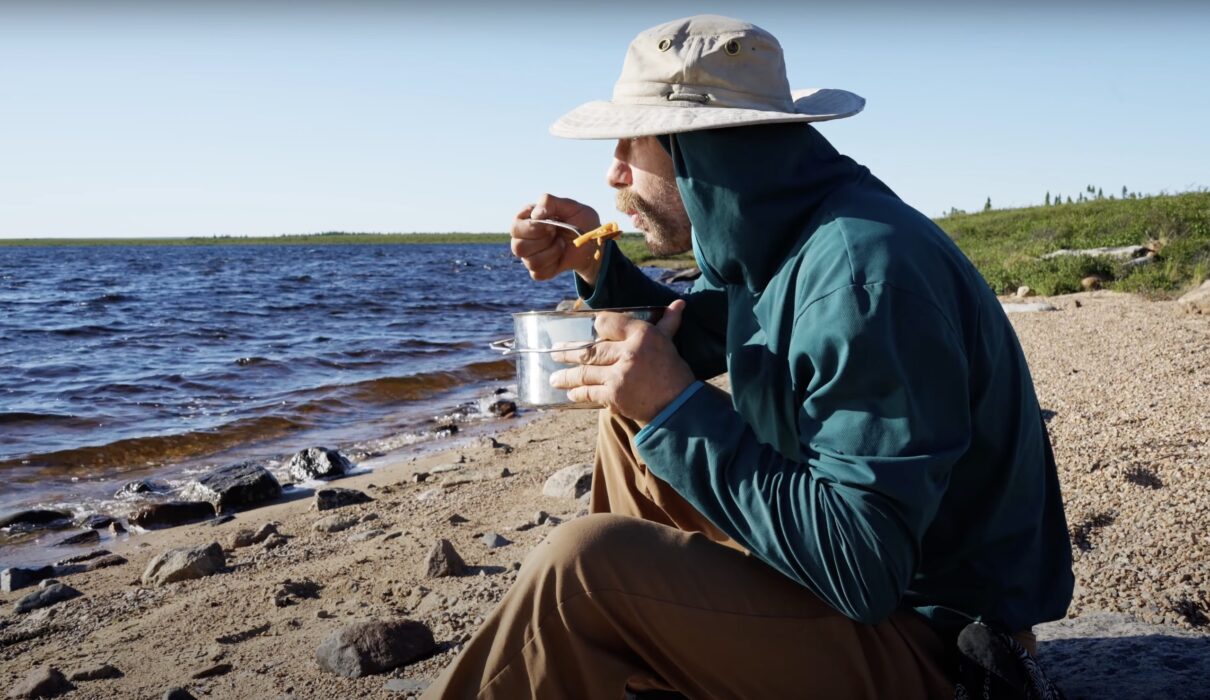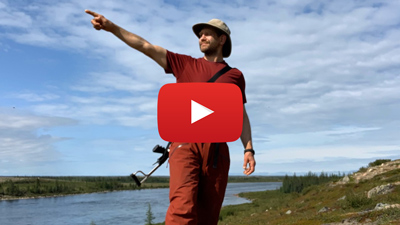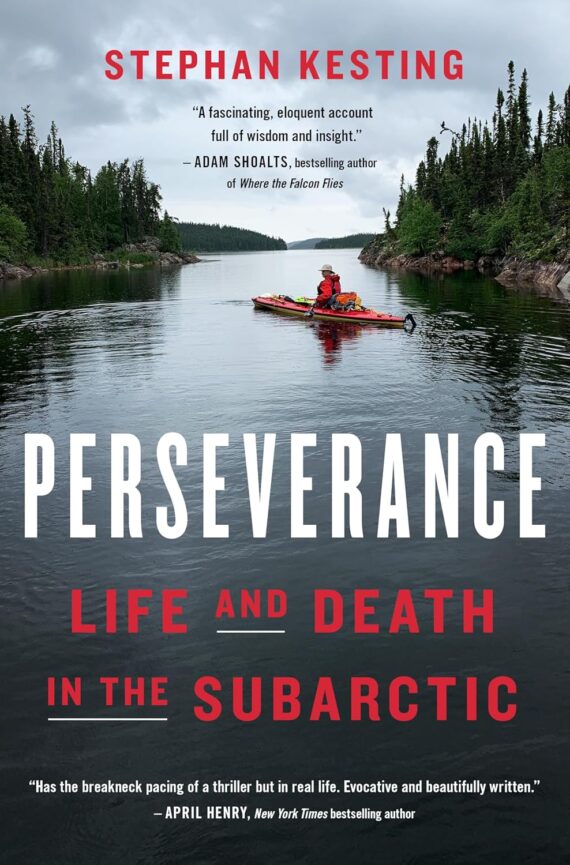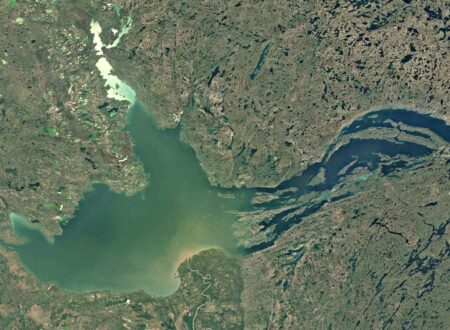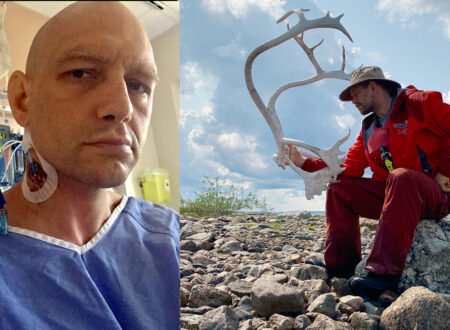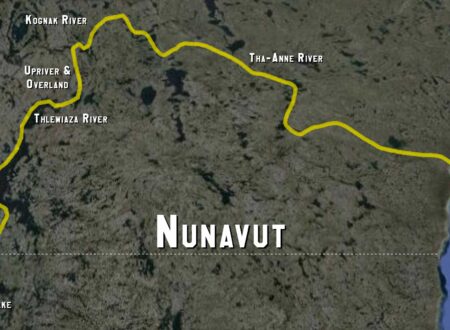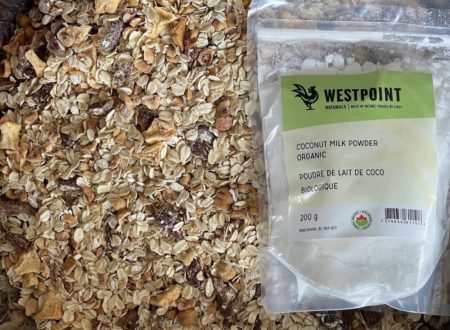All my expeditions over the past few years (my 1000-Mile Solo, the Seal River, the Nahanni, the Lost in the Barrens Expedition) have been fuelled by two basic dinners.
This wasn’t as boring as it sounds because each of these two meals actually has four or more different variations, so you’re eating a different meal every night.
I’ll share the recipes with you, but first let’s look at the basic requirements of a wilderness dinner when you’ve been working hard all day:
- Lots of calories for energy (mostly in the form of carbohydrates),
- Protein for recovery and repair. This is easiest if you include animal protein, but is achievable with vegetarian diets too
- Vegetables for flavour and health
- Taste (so that you can eat enough food to get all your calories)
- Lightweight so that it’s easy to carry, which typically means most ingredients should be dehydrated
- Long-lasting so it doesn’t go bad on the trail
These constraints rule out a lot of normal dinners you might shop for at the local grocery store – most ‘regular’ food is just too wet, too heavy, and spoils much too fast. The answer is to use as much dehydrated and/or freeze-dried food as possible.
Now let’s take a look at each of the two main dinner recipes and their variations that I use most often…
Dinner 1: Pasta with Assorted Protein and Vegetables
Ingredients (per person)
- 1 cup or 400 grams of dried pasta (I prefer fusilli or penne in the bush because the longer noodles tend to poke holes in the packaging)
- Half a jar of a 20oz (650 ml) jar of pasta sauce, that has been dried in an oven or a dehydrator to a fruit leather consistency, then and cut into strips
- 3/4 cup freeze-dried chicken or beef
- Assortment of dried vegetables (e.g mushrooms, onions, broccoli, brussel sprouts, zucchini, ) or whatever you want)
- Parmesan cheese; usually I bring a brick of parmesan and small grater and not the relatively flavorless pre-grated stuff like in the video above.
To prepare, soak the vegetables and the tomato sauce in cold water contained in a second pot or a Ziplock bag to allow them to rehydrate. Cook the pasta in a separate pot, and when it’s very al dente, remove most of the water. Add the sauce, vegetables, and freeze-dried meat, and let the whole mixture cook for a little bit longer.
By alternating the meat (chicken or beef) and by changing out the vegetables you can make enough variations of this to be interesting and not get bored on the trail.
At 4 calories per gram for the pasta, this meal works out to about 1,800 calories. That might seem like a lot, but I’ve lost as much as 15 to 20 lbs on longer trips, so even with these ridiculous numbers I was still losing weight. After a hard day of paddling you’ll be able to gorge yourself and still not lose weight.
Click here to see me cook this pasta dinner on on the Thlewiaza River in Nunavut on YouTube.
Dinner 2: Mexican Stew with Corn, Beans, and Protein
Ingredients (per person)
- 1 cup dehydrated black beans (dried in a propped-open, low-temperature oven or a dehydrator)
- 1 cup dehydrated or freeze-dried corn (just be aware that dehydrated corn takes longer to rehydrate)
- 3/4 cup freeze-dried chicken or beef
- Assortment of dried vegetables (most typically red pepper and green onions)
- 1 to 2 tablespoons of chicken bouillon powder
- Salt and Mexican chili powder to taste
To prepare this meal, take all the ingredients, put them in a pot with sufficient water, and simmer until everything is rehydrated. Then add spices, and you’re good to go.
Here’s me cooking this exact dinner on remote Nueltin Lake while on a 19 day solo trip down to Hudson Bay.
Perseverance, Life and Death in the Subarctic
If you like adventure stories set in the wilderness have I got a book for you!
Check out the book I wrote called Perseverance, Life and Death in the Subarctic. This was one of the most difficult and rewarding trips I’ve ever done; a 1,000-mile trip, completely alone, through some of the most isolated terrain in North America after a life-saving kidney transplant.
On that trip I encountered bears, raced against wildfires, survived epic rapids, traversed the Arctic tundra, and experienced complete isolation (I didn’t see anyone at all for the last 26 days of the trip).
The book covers all the details of the trip, as well as the lessons learned that apply to accomplishing any difficult task. Here’s a 1 minute book trailer on YouTube to show you what Perseverance is about.
More information about the book is available on Amazon, Barnes and Noble, Indigo or your local bookstore!


